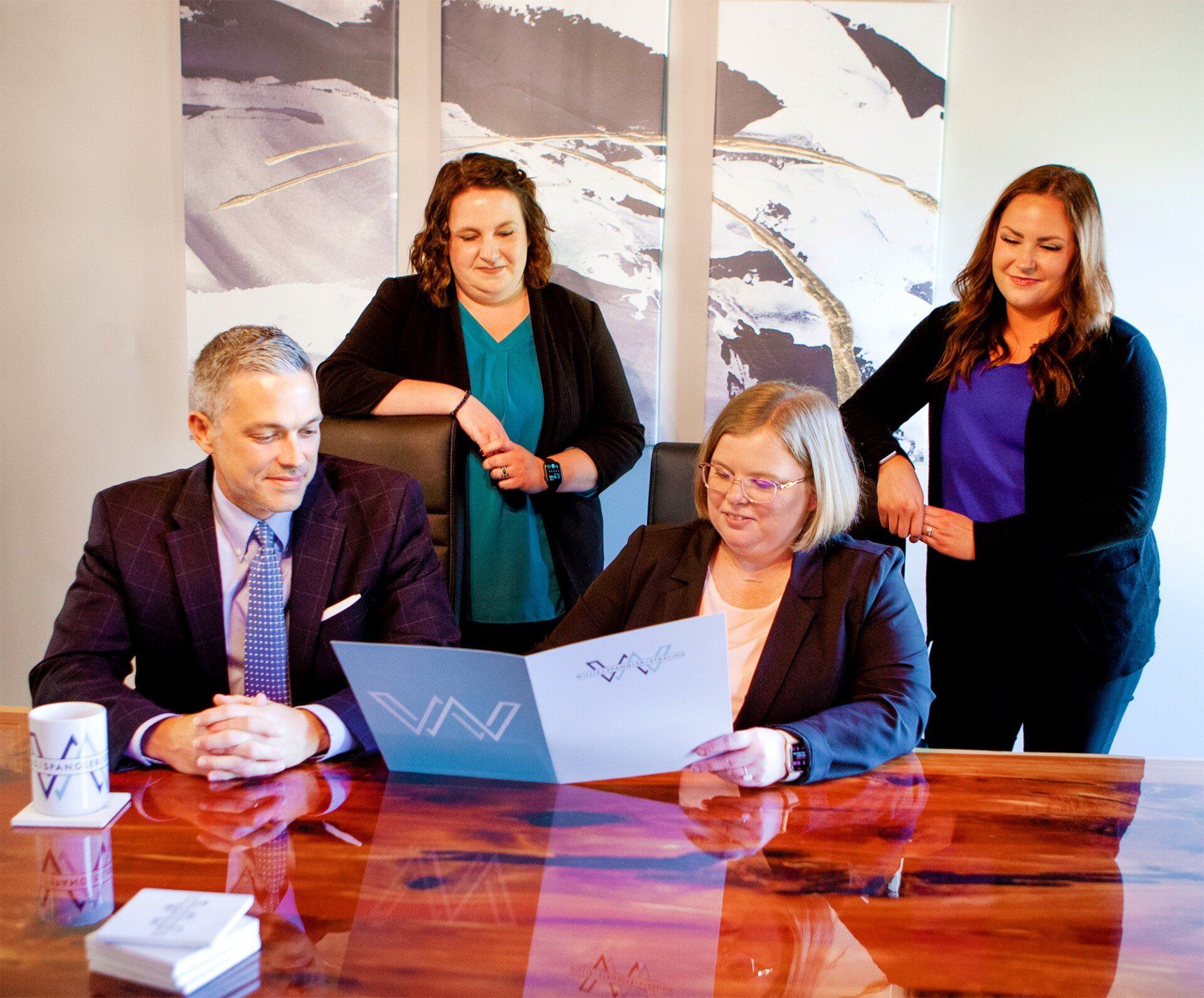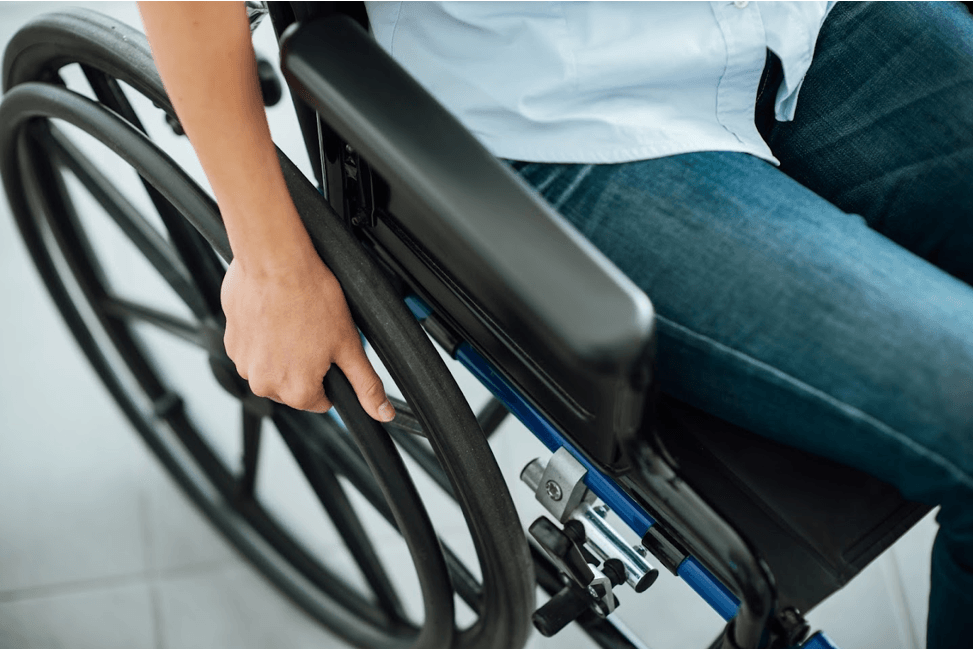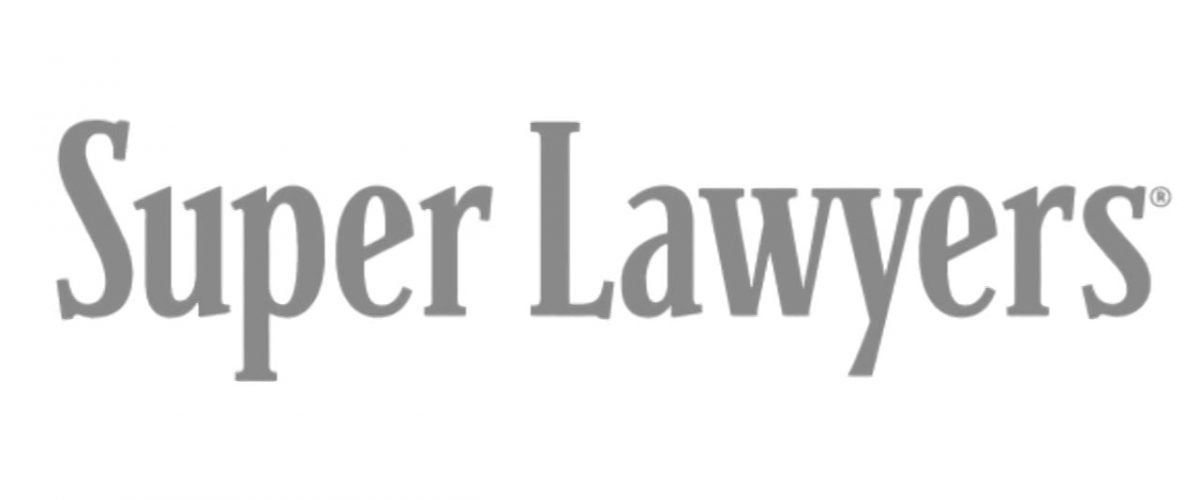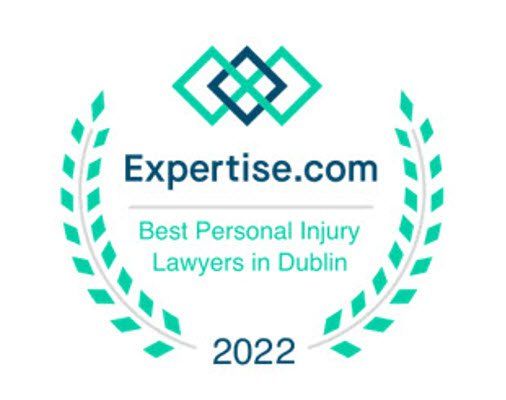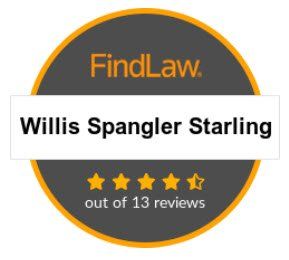Schedule Your Free Consultation:
Main Chapters of the Bankruptcy Code | Willis Spangler Starling
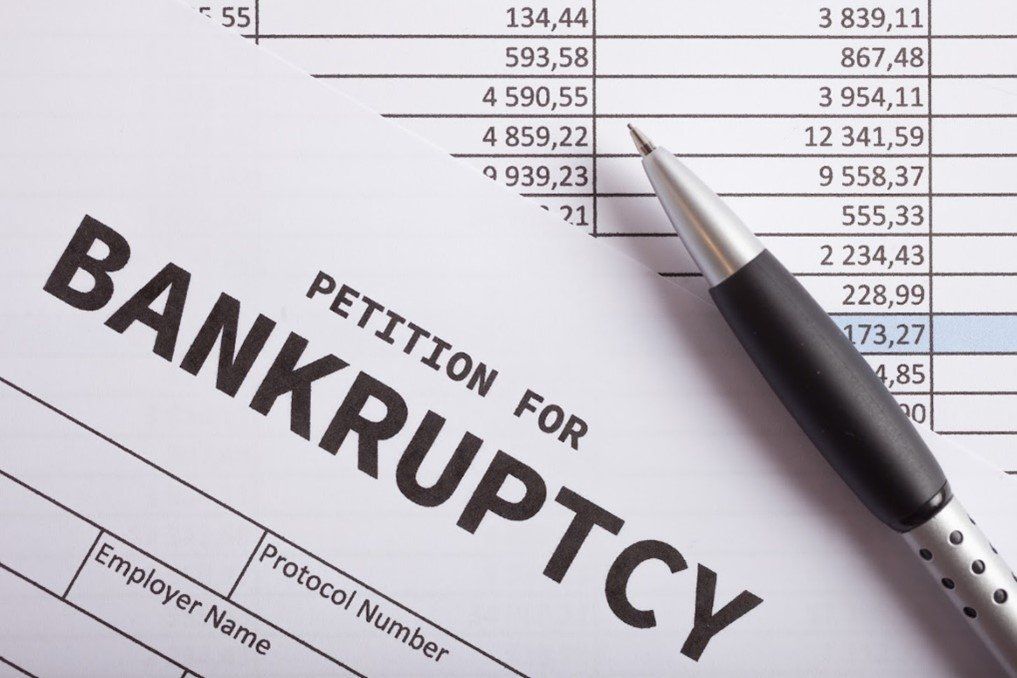
Bankruptcy is an important tool to help Americans get relief from financial crises. But most people aren't familiar with the details of how bankruptcy works. To help you make the best choices no matter what the source, size, or nature of your debt problems, use this short guide to the chapters of bankruptcy and what they mean to you.
Chapter 7
When most people envision bankruptcy, they think of Chapter 7 of the bankruptcy code. This is commonly referred to as liquidation bankruptcy, as it's the liquidation of assets to pay unsecured debts as much as possible. Chapter 7 looks at your eligible debt and assets at one point in time, calculates how much debt can be paid off with those assets, and discharges the remaining eligible debts.
Because it's a relatively simple process of calculating your debt and assets only once, Chapter 7 is the fastest way to get through bankruptcy. However, it may also result in the loss of more assets than other forms.
Chapter 11
Although Chapter 11 is available to individuals, it's most often used by businesses. It's often known as reorganization bankruptcy. Under this bankruptcy path, the business or individual remains in business and in charge of their own operations. But they must draw up a plan to reorganize their financial and operational situation to provide sufficient repayment to creditors.
For instance, the business might renegotiate large debts directly with the lenders. Coupled with management or operational changes to solve the underlying problems that led to bankruptcy, they may eventually be able to eventually emerge as a healthy business again.
Chapter 12
Chapter 12 bankruptcy options are available to the smallest pool of debtors, so it's not a common form of bankruptcy. It was designed for family farmers and fishermen who have unique financial challenges due to their hybrid nature as both business and individual filers. It combines the reorganization options of Chapter 11 and the repayment plan of Chapter 13 to help family farms and fishing businesses get on their feet again.
Chapter 13
Known as repayment plan bankruptcy, Chapter 13 is one of the most common bankruptcy routes for individuals. Why? First, filers with higher income may not qualify for one-time liquidation of assets because the court believes they should be able to pay back more of their debts. And filers may also choose Chapter 13 themselves if it will help them keep property like a home or vehicles.
With this approach, he debtor may draw up a three- or five-year repayment plan for unsecured debt that represents their best attempt to repay it. They may often reaffirm secured debts as well. At the end of the repayment period, remaining unsecured debt is discharged before the case closes.
Chapter 20
While it's not an official bankruptcy chapter in the code, a dual method of filing has been dubbed Chapter 20. Its name comes from the fact that it's a two-step filing plan that begins with Chapter 7 and then immediately follows with Chapter 13.
Filing Chapter 7 results in the discharge of eligible debts right away. Then, the individual files for Chapter 13 to set up a payment plan on the remaining debts. This may be necessary to cover specific cases that aren’t fully resolvable by either method alone.
Clearly, debtors today have a number of options for getting the debt relief they need to start moving forward. Which is right for you? Each person must find their own answer to that question. The best way to do this is with the guidance of an experienced bankruptcy attorney in your state.
Willis Spangler Starling can help. For 30 years, we've aided Ohio residents in understanding, utilizing, and receiving help from both state and federal bankruptcy rules. We focus on Chapter 7 and Chapter 13 bankruptcies. Call today to find out more about these chapters and get answers to your own questions.
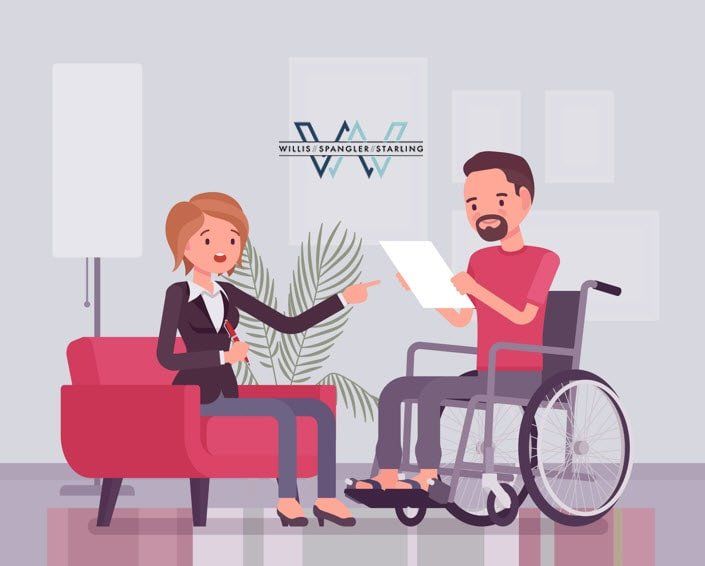

How Can We Help You?
When you have questions, we have answers. Reach out to schedule a free consultation and discuss your case.
We will get back to you as soon as possible.
Please try again later.


